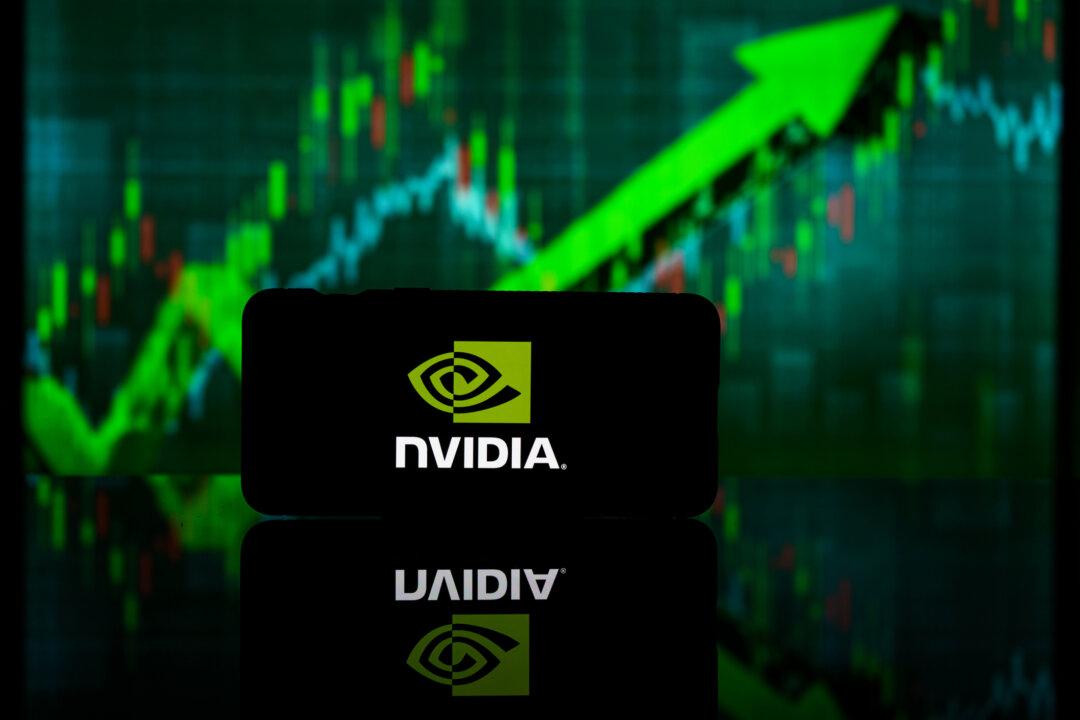With deficit spending soaring and bond rates still uncomfortably high, the bond and stock markets are always on “pins and needles” when there is major Treasury refinancing. Last week, there was a Treasury bill auction on Tuesday and a Treasury note auction on Wednesday. When yields rose each day, this put Wall Street in a distinctly bad mood, as The Wall Street Journal described these auctions as “lackluster.”
Thankfully, the Treasury bond auction on Thursday was better received, so yields meandered lower. Also, the first-quarter GDP was revised down to a 1.3% annual pace, versus the first estimate of 1.6%. Then, we learned that consumer spending grew at a 2% annual pace, down from the 2.5% previously estimated. As a result of these lower numbers, U.S. GDP growth is now running at its slowest pace in almost two years.
The market finally revived on Friday, when the Commerce Department announced that the Fed’s favorite inflation indicator, the Personal Consumption Expenditure (PCE) index, rose just 0.3% in April and 2.7% in the past 12 months. The core PCE, excluding food and energy, rose by 0.2% in April and 2.8% in the past 12 months. This was the smallest monthly rise for the core PCE this year. These numbers should continue to improve since the PCE will be cutting off some of its bigger monthly increases, so this may be a welcome advance indicator that the Fed may be able to start cutting key interest rates this summer.
Also, pundits thought the market would tank after the “guilty” Trump verdict late Thursday, but financial indicators are more important to the market than politics, and I think the Trump verdict will turn out to be a non-event by November. A greater danger is that these side shows cause the media and voters to ignore some far more vital news.
Here are the most important market news items and what this news means:
- June is typically a very positive month for small and mid-capitalization stocks that are added to Russell indices. Russell typically publishes their proposed changes on the first Friday in June and then they refine their proposed index changes for two additional weeks. As Russell adds some stocks to their Russell 1000 and 2000 indices, those stocks typically “pop” on institutional buying pressure.
- If interest rates are not a big enough wild card for the stock market, the fall of Ukraine’s second biggest city (Kharkiv, with over 1.4 million people) may be imminent. Russia is striving to cut off power to Kharkiv and make the city unlivable. Britain and the U.S. have supplied Ukraine with longer-range missiles that can strike deeper into Russia, so the fighting is no longer just a border skirmish but has escalated to a major proxy war funded by NATO. Since the U.S. and NATO are funding a proxy war with Russia, the probability of World War III is rising. Now that Ukraine is essentially out of troops and recruiting prisoners to fight, hopefully, a ceasefire and peace agreement will ensue, otherwise, an escalating conflict may ensue.
- JP Morgan’s Jamie Dimon recently said that he expects problems to emerge in the booming private credit business and warned that “there could be hell to pay.” As an example, Vista Equity Partners bought Pluralsight, Inc., a workforce development company, in 2021 for about $3.5 billion. This leveraged buyout was supported by over $1 billion of debt financing by direct lenders. Unfortunately, Vista Equity Partners recently wrote off the entire equity value of Pluralsight as its debt service costs soared. In an effort to make a $50 million interest payment coming due, Pluralsight moved its intellectual property into a new subsidiary and used those assets to obtain additional financing from Vista Equity Partners. Whether or not this private debt Band-Aid will hold is highly questionable. The syndicate leaders behind the over $1 billion of debt behind the Pluralsight leveraged buyout are a “who’s who” in private credit, including Ares Management, Benefit Street Partners, BlackRock, Blue Owl Capital, Goldman Sachs Capital Management, Golub Capital, and Oaktree Capital Management.
- In my opinion, the 11% yields that the private credit industry pays investors is not sustainable, and as Pluralsight demonstrates, bad loans are going to be made and potentially “prick” the $2 trillion private credit bubble. The Fed may have to step in and rescue the private equity industry if Vista Equity Partners becomes a full-fledged “Black Swan” that causes a run on private equity assets. In the meantime, due to rising credit risk, I recommend that you avoid all private credit sold by Ares Management, Benefit Street Partners, BlackRock, Blue Owl Capital, Goldman Sachs Capital Management, Golub Capital, and Oaktree Capital Management.
In summary, the good news is both the Bank of England and the European Central Bank are expected to cut key interest rates in June. Our Fed was supposed to also cut key interest rates in June, but after progress on inflation stalled, the Fed decided to postpone its first key interest rate cut until July 31st or September 18th. Since our Fed will be lagging Europe in cutting key interest rates, “carry trades” are expected to increase, where foreigners put money in the U.S. seeking higher yields and a strong currency. If these carry trades approach a trillion dollars or more, then they could actually drive Treasury yields lower and encourage the Fed to cut key interest rates sooner than later, so let’s hope as global yields decline that Treasury yields follow.







